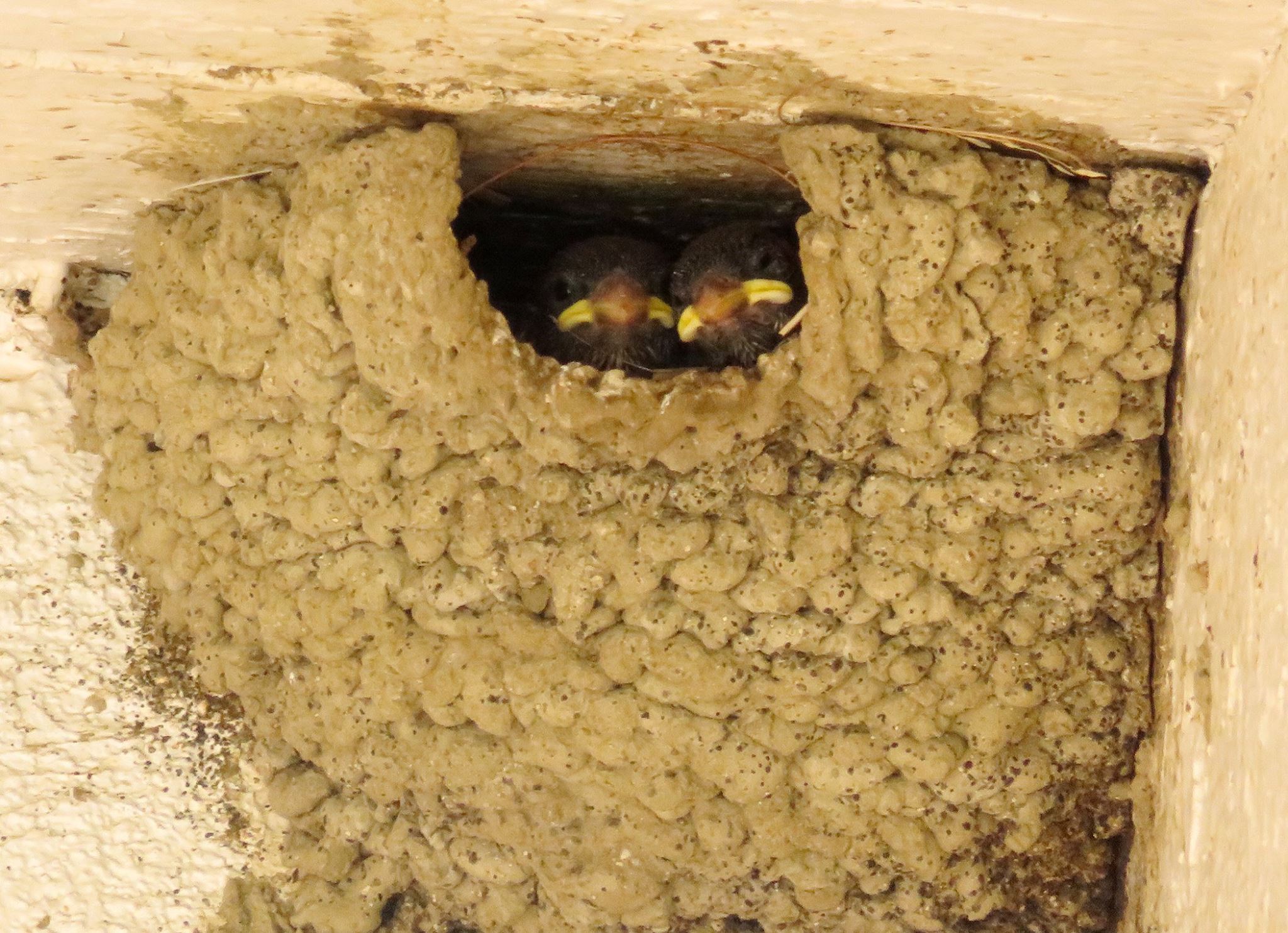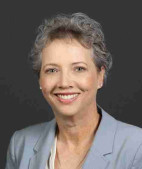 Santa Clarita Valley Sanitation District board members approved a proposal for what staffers are calling their only viable option to attain chloride compliance in the Santa Clarita Valley — trucking brine out of the valley.
Santa Clarita Valley Sanitation District board members approved a proposal for what staffers are calling their only viable option to attain chloride compliance in the Santa Clarita Valley — trucking brine out of the valley.
The three board members unanimously OK’ed the plan at Wednesday night’s meeting, but uncertainties remain regarding the cost.
“The capital cost for the project, we don’t know exactly what it will be until we obviously identify what the solution is going to be,” said Phil Friess, head of Technical Services of the district. “We hope and expect it will be similar to the approved project and are hoping to build the project within the approved rate package that has been approved through 2019 without any change.
Officials project the cost will be about $130 million, the same as the previous plan which included a deep well injection site that was turned down by residents last month.
“We do expect that the annual cost for brine minimization by truck hauling for the residual (brine) to an alternate location and the annual operation and management cost will be higher than the previous approved injection well project,” Friess added.
Brine is the salt removed from chloride which is added to water through soaps and other household chemicals.
“The conclusion we reached, based on the levels of analysis we did is we would be unable to implement DWI (deep well injection) or a brine pipeline to meet the timeline we have,” Friess said, in a previous story. “The only method of brine management that we think we can still implement by July 2019, our final compliance deadline, would be some form of brine minimization and truck hauling.”
A plan was previously approved by board members to install a deep injection well in Stevenson Ranch near the Valencia TPC golf course but the plan fell through after protest from Santa Clarita Valley residents.
“We were approved for brine management (by trucking) that we could implement within the time available,“ Friess said. “Hopefully, this is an approach the community can support and will be the best approach for our compliance project.”
The next step is an environmental review.
“Pending Board direction, staff will proceed with an environmental review to comply with CEQA including an alternatives analysis,” according to a previous Sanitation District statement. “The CEQA process would commence this summer with a public scoping meeting, followed by information meetings this fall to provide an update on the overall project.”
Previous Story: May 13, 2015
Sanitation District officials released their plan for an alternative chloride removal project to be presented at an upcoming meeting May 20.
The new proposal, pending board approval later this month, would allay Westside concerns over the construction of deep well sites, which was planned near the 16th hole of a golf course.
The Santa Clarita Valley Sanitation District Governing Board directed staff to find an alternative site or plan that complies with the state’s mandated deadlines, after dozens showed up to a meeting in Santa Clarita to decry a plan to build a brine well next to the Valencia TPC.
The cost of the proposed alternative is expected to be close to the previously approved deep well injection plan, about $130 million, according to district officials.
There are no anticipated rate increases associated with the change in plans, said Phil Friess, head of Technical Services of the district. The governing board approved rate increases associated with a previous chloride removal option last year, and district officials do not anticipate any adjustments to the previously approved schedule, based on the new proposals.
Due to the constraints of a looming state deadline, district staffers are proposing to abandon deep well injection plans for a combination of previously approved options, officials said.
“The conclusion we reached, based on the levels of analysis we did is we would be unable to implement DWI (deep well injection) or a brine pipeline to meet the timeline we have,” Friess said. “The only method of brine management that we think we can still implement by July 2019, our final compliance deadline, would be some form of brine minimization and truck hauling.”
The plan would essentially be to increase the treatment level at local plants, and then truck the chloride that’s been removed to “an established industrial area.”
Chloride, or brine, are terms for the salt removed from chloride that’s often added to water through soaps and other household chemicals.
The state is requiring SCV Sanitation District to reduce the amount of chloride in the water the district treats and then sends downstream to Ventura County, to 100 milligrams per liter, for the long-term protection of agricultural interests in that area, because the crops are reportedly salt-sensitive.
The next step, if the treatment and trucking options are approved, would be to submit the plan for an environmental review, officials said.
“Pending Board direction, staff will proceed with an environmental review to comply with CEQA including an alternatives analysis,” according to a Sanitation District statement. “The CEQA process would commence this summer with a public scoping meeting, followed by information meetings this fall to provide an update on the overall project.”
The project timeline for board consideration is expected to be summer 2016.
From a previous story on the deep well injection plan (March 12, 2015):
Santa Clarita Valley Sanitation District officials are “starting over” in their search for a new deep well site Wednesday, after protest from a Westside crowd wanting the county agency to look for a new plan altogether.
“The board clearly directed us to go identify a different site,” said Ray Tremblay, Sanitation District spokesman, “so we absolutely are not using the Stevenson Ranch or Westridge sites at all. They’ve directed us to go find a new place to go and implement the project.”
“We have to start over and find a different site, so it puts us back to square one on that part of the project,” Tremblay said. “We’re still making great progress on implementing the treatment part of the plan.”
Sanitation District staff now has “to start over and re-evaluate (the plans) with a clean slate,” Tremblay said, adding staff also is seeking to determine if another well site is even feasible.
The Los Angeles Regional Water Quality Control Board, a state agency established by the EPA’s Clean Water Act that sets the standard for the amount of chloride — or salt, and other chemicals — that can be in water we send downstream, is overreaching with the 100 milligrams/liter chloride limit, Antonovich said.
District staff would know more after a new “initial study” is undertaken, which is aCalifornia Environmental Quality Actrequirement, he said.
County Supervisor Michael Antonovich questioned a state water official on what he called the “arbitrary” nature of the chloride limit, and whether the county had the recourse to fight.
To that end, he even asked if the legal counsel who spoke on behalf of the corporate objectors of the well plan, such as Princess Cruise andBoston Scientific, if they’d helped litigate to the fight against the chloride limit set by the state.
“The is a case of regulatory agencies going above and beyond the regulations that those legislative bodies have set,” Antonovich said. “We’re trying to come to a reasonable solution while dealing with an unreasonable regulatory agency.”
The Los Angeles Regional Water Quality Control Board, a state agency established by the EPA’sClean Water Act that sets the standard for the amount of chloride — or salt, and other chemicals — that can be in water we send downstream, is overreaching with the 100 milligrams/liter chloride limit, Antonovich said.
He argued the limit and subsequent costs to abide by the limit being put on Santa Clarita Valley Sanitation District was onerous and amounted to taxation without representation. He also asked if the state board would hold a meeting in the Santa Clarita Valley.
“You have the right to face your accuser,” Antonovich said. “This is due process.”
Sam Unger, executive director for the state’s RWQCB, stated the board’s position — that scientifically tested data supported the 100 mg/l limit in order to repair salt damage to water in the Piru Basin in Ventura County, which is where Santa Clara River effluence goes after leaving local treatment plants.
While the Sanitation District has the ability to start over on the chloride treatment project, Unger said, the RWQCB would expect the county agency to abide by the schedule it agreed to in its last fine settlement.
The state board already granted the district a four-year extension for abiding by the chloride limit, he said, after district ratepayers rejected the Alternative Water Resources Management plan in 2010. Cost was the determining factor in the plan’s demise.
In 2012, SCV Sanitation District ratepayers were fined more than $200,000 for not hitting a previous schedule for the approval of a project to remove chloride.
In 2013, SCVSD staff released studies suggesting deep well injection — the pumping of excess chloride into a series of wells about two miles into the earth — would be the cheapest option.
However, an 11th hour change earlier this year due to a planning mistake by Sanitation District staff left the agency to use a site near the 16th hole of Valencia TPC. The land originally slated for the well project was denied due to a conservation easement by county officials put in before the well plan’s approval.
Like this:
Like Loading...
Related




 Tweet This
Tweet This Facebook
Facebook Digg This
Digg This Bookmark
Bookmark Stumble
Stumble RSS
RSS



























REAL NAMES ONLY: All posters must use their real individual or business name. This applies equally to Twitter account holders who use a nickname.
6 Comments
Use a test for pool chlorine levels on tap water. Just about every city’s tap water is ideal for a swimming pool when it comes to chlorine level.
And what community are you planning to truck your garbage to? If you don’t want it, what makes you think someone else wants it? I’m on well water and don’t want it infiltrating into my water.
If the water is 65% when we get it, why can’t it be desalted, before we get it to use. The city only adds 35% to the total. Should it not be the responsible of the supplier to give us unchlorinated water?
“Brine is the salt removed from chloride which is added to water through soaps and other household chemicals.”
What? I hope the reporter took that from printed material provided by the Sanitation Board at the meeting. That would explain why this whole “problem” got so screwed up. It’s not only an incorrect statement, it just confuses the issue at hand.
The real problem is politics, both state and local. Toss in some incompetence, mix with NIMBYs and here we are.
I’d explain why it’s an incorrect statement, but you wouldn’t want to read the details.
The water doesn’t start chlorinated. The water purveyors are required by law to make the water safe to drink. Chlorine is added to disinfect the water and is used in most communities in the USA for this purpose. Chlorine can then bind to other atoms in the water and make chlorides.
The cute little graphic says there are “chlorides” already in the water from the CLWA and from local wells delivered to homes and businesses. It also says that it contains 65 milligrams of those “chlorides” per liter of water. That is much less than 1% of the total volume of one liter of water. It is dissolved into the water which is why you can’t see it. Table salt is a “chloride”, and you can’t even identify it by taste at that small a percentage.
The 45 milligrams of chlorides added from homes and businesses comes from sewage water (and perhaps storm drains since we are trying to deal with a drought). In other words, WE are adding chloride minerals when we use our water.
The 10 milligrams is added during the waste water treatment at the plant on the west side. You’ll have to ask them why that happens.
Add them up and you get 120mg/liter which is 20 milligrams above the state mandated limits for waste water.
That is why we are screwed.
Our drinking water has significant chloride levels when it arrives here from the Sacramento delta. The amount of chloride we add to the discharge (mostly from doing laundry) isn’t enough by itself to exceed regulatory levels, but coupled with the chloride that’s already in the water upon arrival, it sometimes does.